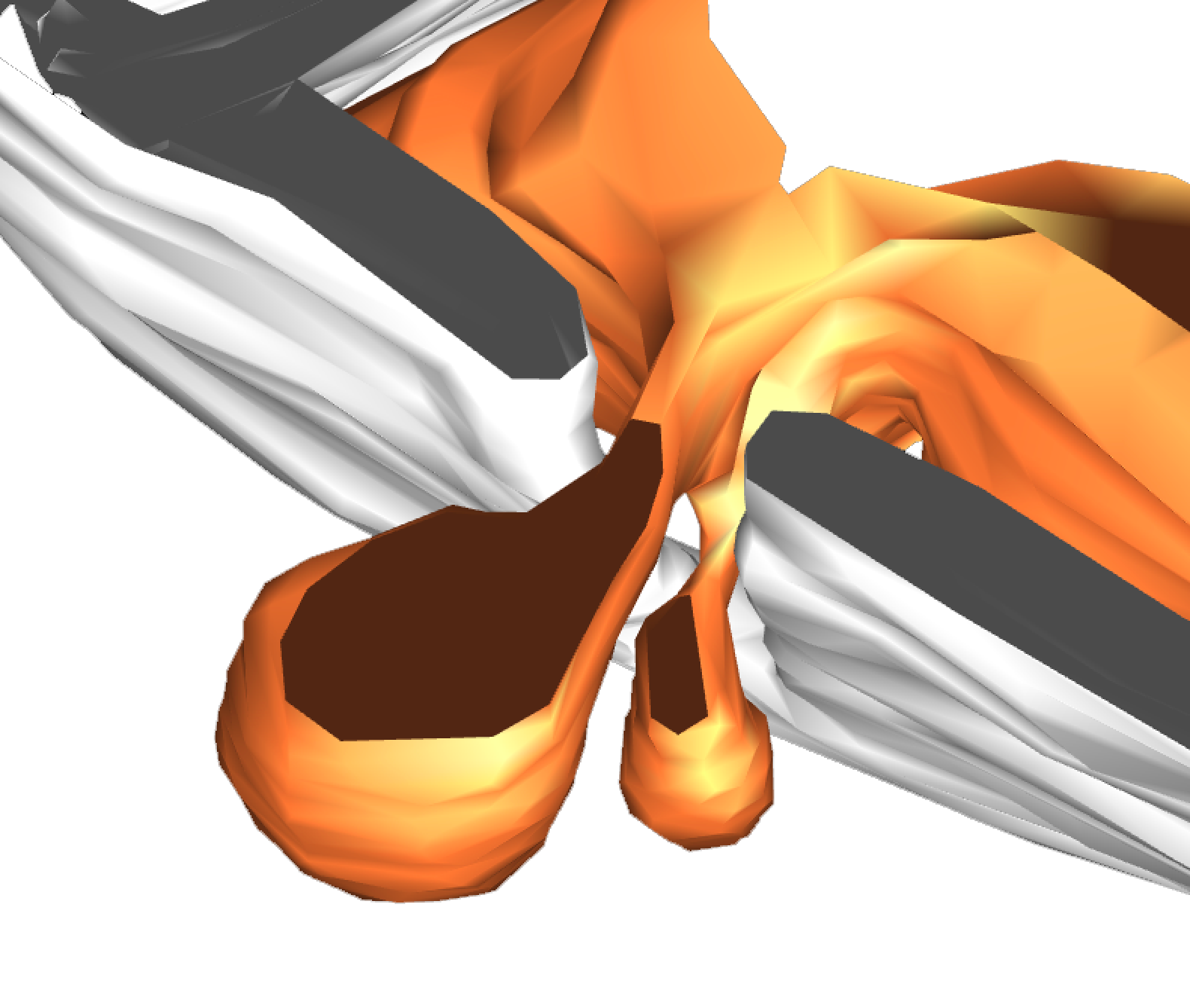枯草菌(Bacillus subtilis)におけるペプチドグリカン損傷を介したプロファージ誘導性の膜小胞形成
Prophage-triggered membrane vesicle formation through peptidoglycan damage in Bacillus subtilis
2017年9月7日 Nature Communications 8 : 481 doi: 10.1038/s41467-017-00492-w

細菌が放出する膜小胞(MV)はさまざまな生物学的過程において重要な役割を担っている。しかし、グラム陽性細菌のMV形成機構は解明されていない。これはグラム陽性細菌が、単一の細胞膜と、それを覆う厚い細胞壁を有するためである。本論文では、ライブセルイメージングと低温電子断層撮影法を用いて、枯草菌(Bacillus subtilis)におけるMV形成機構を報告する。枯草菌細胞集団の一部においてプロファージにコードされるエンドリシンが発現すると、ペプチドグリカン細胞壁に穴が生じる。この穴から、細胞膜成分が細胞外に押し出され、MVとして放出された。このような細胞は、膜の完全性が失われることで、最終的に死滅した。小胞産生細胞は、放出したエンドリシンの酵素作用によって、隣接する細胞のMV形成も誘導した。我々の結果は、エンドリシンが細菌のMV形成に重要である可能性を裏付けており、また、この機構は、生物医学やナノ技術への応用のためのMV産生に有用な可能性がある。
Corresponding Authors
Bacteria release membrane vesicles (MVs) that play important roles in various biological processes. However, the mechanisms of MV formation in Gram-positive bacteria are unclear, as these cells possess a single cytoplasmic membrane that is surrounded by a thick cell wall. Here we use live cell imaging and electron cryo-tomography to describe a mechanism for MV formation in Bacillus subtilis. We show that the expression of a prophage-encoded endolysin in a sub-population of cells generates holes in the peptidoglycan cell wall. Through these openings, cytoplasmic membrane material protrudes into the extracellular space and is released as MVs. Due to the loss of membrane integrity, the induced cells eventually die. The vesicle-producing cells induce MV formation in neighboring cells by the enzymatic action of the released endolysin. Our results support the idea that endolysins may be important for MV formation in bacteria, and this mechanism may potentially be useful for the production of MVs for applications in biomedicine and nanotechnology.

